In 10 years, the alpine dense forests of more than 20 provinces and cities, Wuhan plant "treasure hunting group" found 23 new species
Author:Changjiang Daily Time:2022.07.22
The Yangtze River Daily Da Wuhan Client July 22 (Reporter Yang Xiaoyu Correspondent Jiang Shan) Passing through dense woods, climbing steep cliffs, involving turbulent rivers, sun exposure, rain, bee, insect bites, injury injuries, injured It is a commonplace ... engaged in plant classification and quotation domestication work, the wild is the most important workplace. There is such a plant "treasure hunting group" in Wuhan -the Wuhan Botanical Garden Horticultural Conservation Center of the Chinese Academy of Sciences. In addition to engaging in species display and garden gardening management, 7 staff members in the center are mainly responsible for investigating plant resources in central China. Specifications collection and identification. In the past 10 years, their footprints have found 23 new species in more than 20 provinces and cities.
How difficult is it to find new species?
It's like the "treasure" of the predecessors
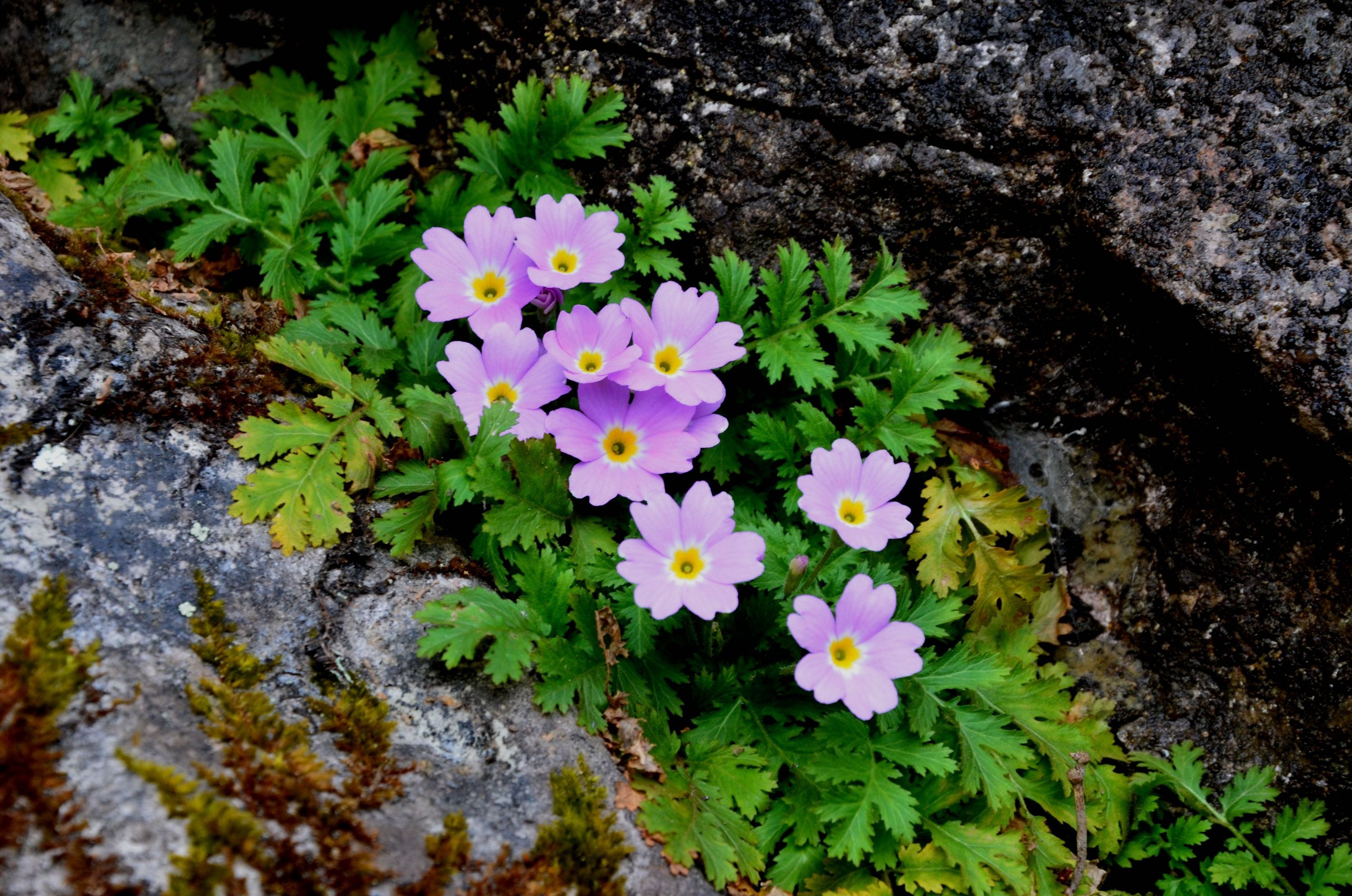
Hubei Yuye Spring. Photo by Li Xinwei
After more than 60 years of joint efforts of the generation of plant gardens, Wuhan Botanical Garden has collected more than 13,000 species of plants, which provides important guarantees for national biodiversity protection and biological safety.
In the process of exploring in the wild, nothing can excite them more than finding new plant species. my country has a variety of terrain and rich species resources, but with the continuous development of technology, many corners on the earth have been explored, and the classification framework of plants has been continuously improved. In this case, finding a new species is like digging the "treasure" that the predecessor missed, which is not easy.
In the past 10 years, except for Hubei, more than 20 provinces and cities across the country, where are scarce and rich in vegetation, they will go where they go. At most a year, they have been in the wild. At present, they have discovered a total of 23 new species, of which 16 were found by Li Xinwei, who has been engaged in plant conservation for more than 20 years, including Hubei Yuye Chun, which aroused the attention of the botanical community, and the largest phoenix flower plant in China, Sheng Lan Fengxian flower, etc. 50 He is also known as the "Holmes" in the mountains.
"The general spring flowers are divided into palm -shaped divisions, and the shape of the Hubei feathers and leaves is like feathers, which is very special." Li Xinwei introduced that the newsletter is about 300 species in my country. At that time Inside, there are only 5 species of feathers. In 2017, he found Hubei Yuye Spring in Hubei Yuye in the cracks of more than 600 meters above sea level in Jiugongshan, Tongshan County, Hubei Province. Due to the special habitat, the number was extremely scarce. After the results of this discovery, it immediately attracted the attention of the entire botanical community. The Hubei Yuye Paye Spring Flower period has the potential for development of gardening and flower resource development from February to April. It also has a certain scientific value for the development and evolution of the Spring and Flower Sciences system. Later, it was listed by the Forestry Department of Hubei Province as a key protection plant.
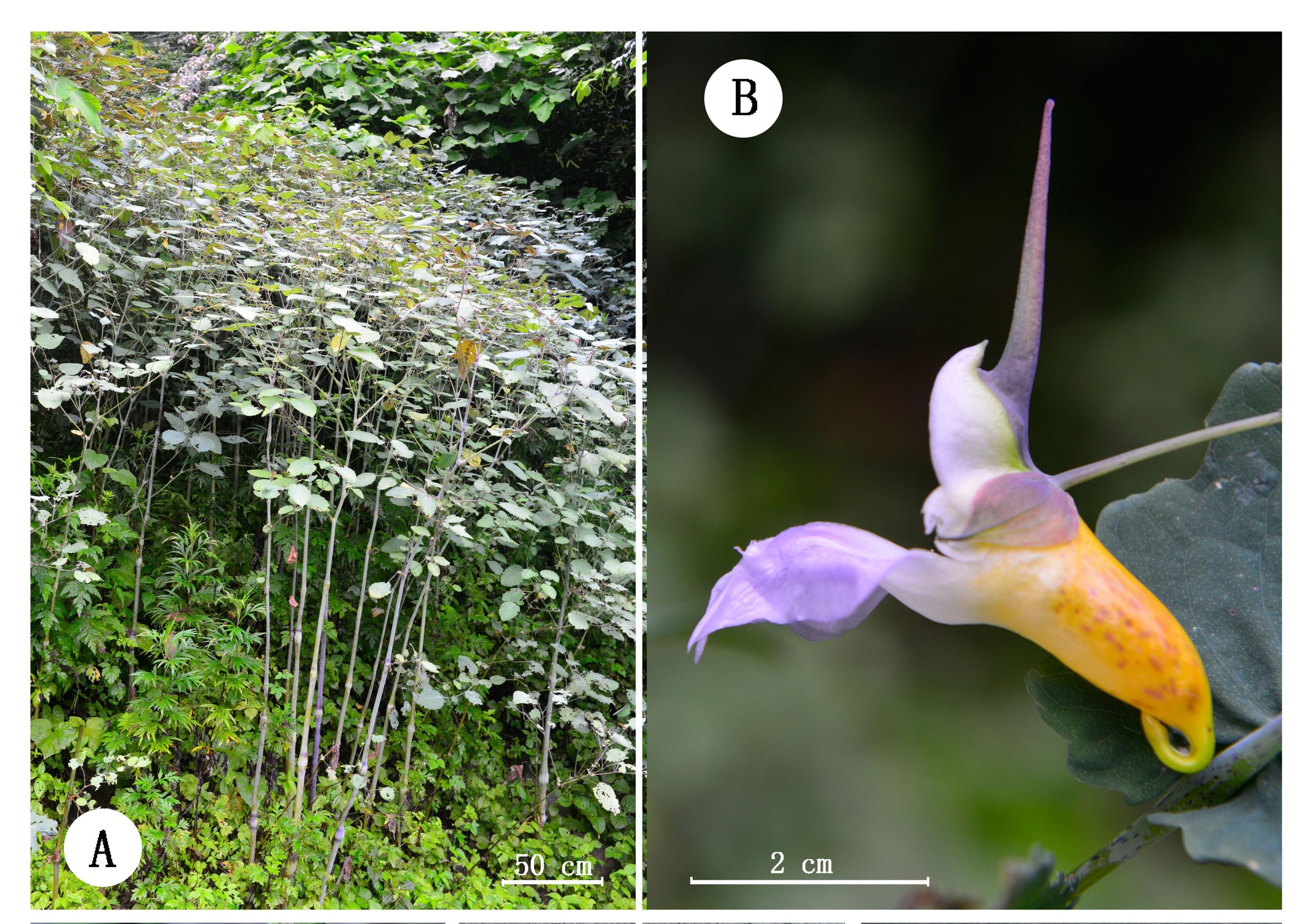
Shenglan Fengxianhua. Photo by Li Xinwei
The discovery of Sheng Lan Fengxianhua also has an interesting story. In 2020, Li Xinwei conducted an investigation of Fengxianhua in Shiyan, Hubei, and met a villager named Shenglan. Under her guidance, Li Xinwei discovered this kind of phoenix flower with a maximum energy grow to 3.25 meters, the flowers flourished, colorful, and fragrant, and were proven to be a new variety. At the same time, it was also the highest plant in the phoenix flowers in my country. To thank the villagers, Li Xinwei named Shenglan Fengxian flower for this flower.
Love plants to forget me
He did not hesitate to climb the cliff tree tree to obtain evidence
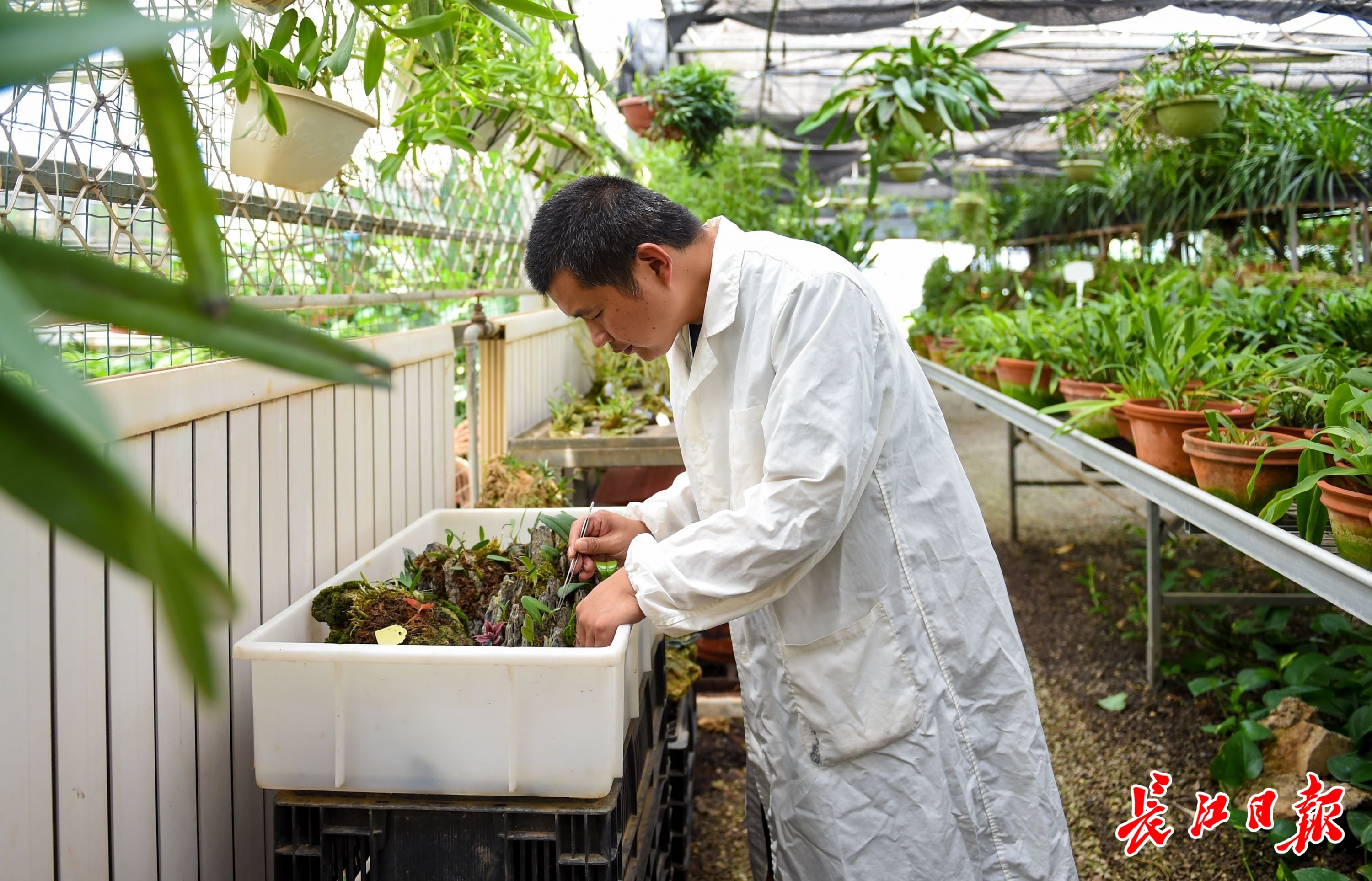
Li Xinwei checked the growth of the anchor roll petal orchid. Photo by the reporter Xu Wei Wei, a reporter from the Yangtze River Daily
It is very rigorous to determine that a new species process is very rigorous and requires as many evidence as possible in order to observe the pattern characteristics of its roots, stems, leaves, flowers, fruits, seeds, and hair. Species compare. The collection of evidences sometimes requires a long time, especially the relatively rare plants, just like "philately", to conduct surveys at the scene many times at different times in order to collect the flowers, fruits, and seeds of this plant.
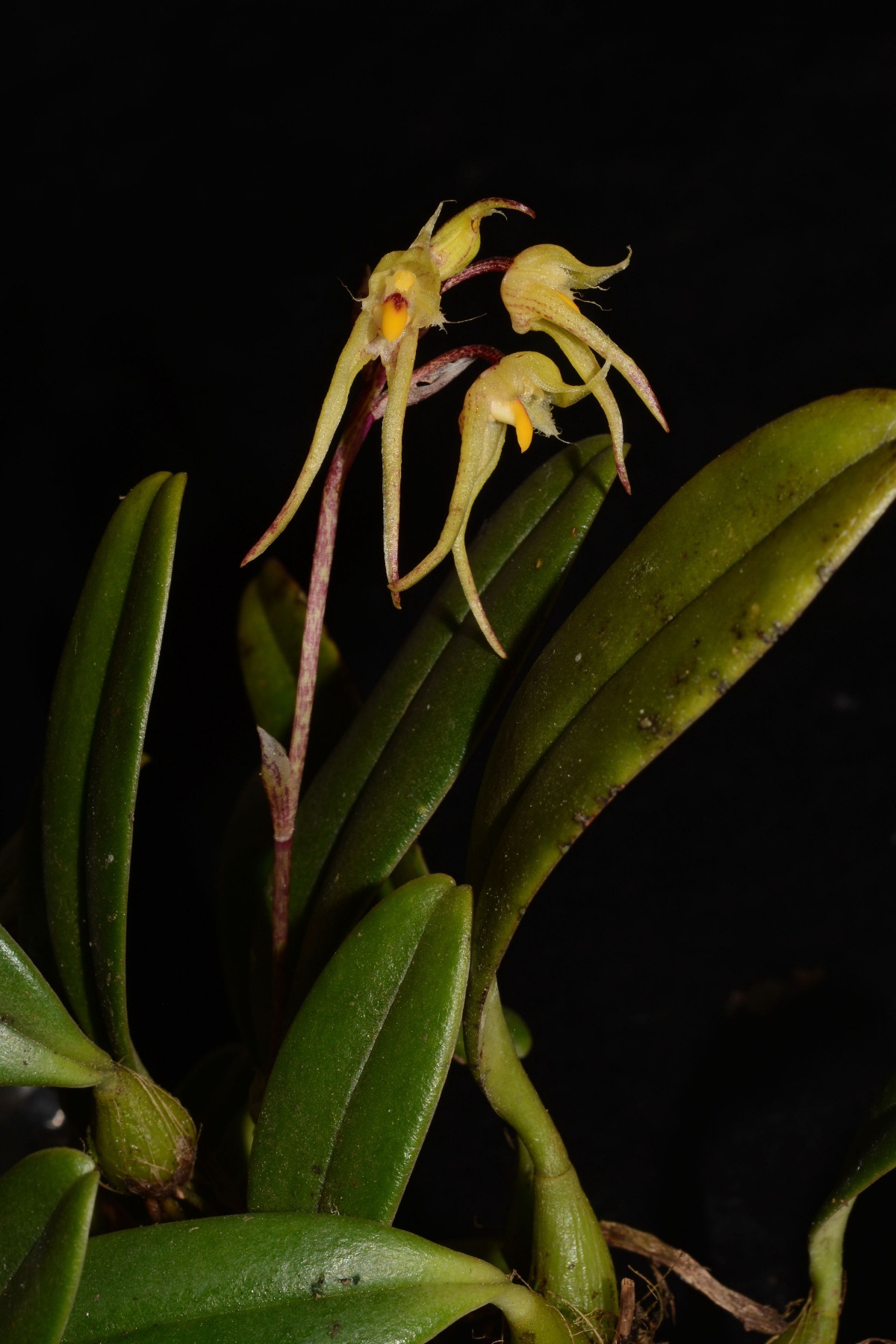
Anchor roll petal plants. Photo by Li Xinwei
The tedious job can only "bloom and bear" only a few times, and it is more back. An experience in 2008 made Li Xinwei remember it. At that time, he found a tall persimmon tree beside a cliff in a mountain area in Guangxi, which looked different from other persimmon trees. He didn't think much about it. He climbed up 5 meters tall trees very sharply. When he collected the specimen, he looked down, and then he was dumbfounded: the abyss at his feet was the abyss. In the end, he overcome psychological fear and moved down a little bit. It took almost 10 minutes to land safely.
After returning to the laboratory for comparison, it was finally determined that this was not a new species. "Although I was afraid, but when I came again, I should still climb up, because if I miss the new species, I will feel even more regrettable."
In the eyes of colleagues, Li Xinwei has rich experience and has always taught what he has learned from everyone without reservation, and is particularly obsessed with plants. He also said, "If you do this, you will not be able to achieve results for a long time. If you do n’t have love and curiosity with plants, you ca n’t stick to it.”
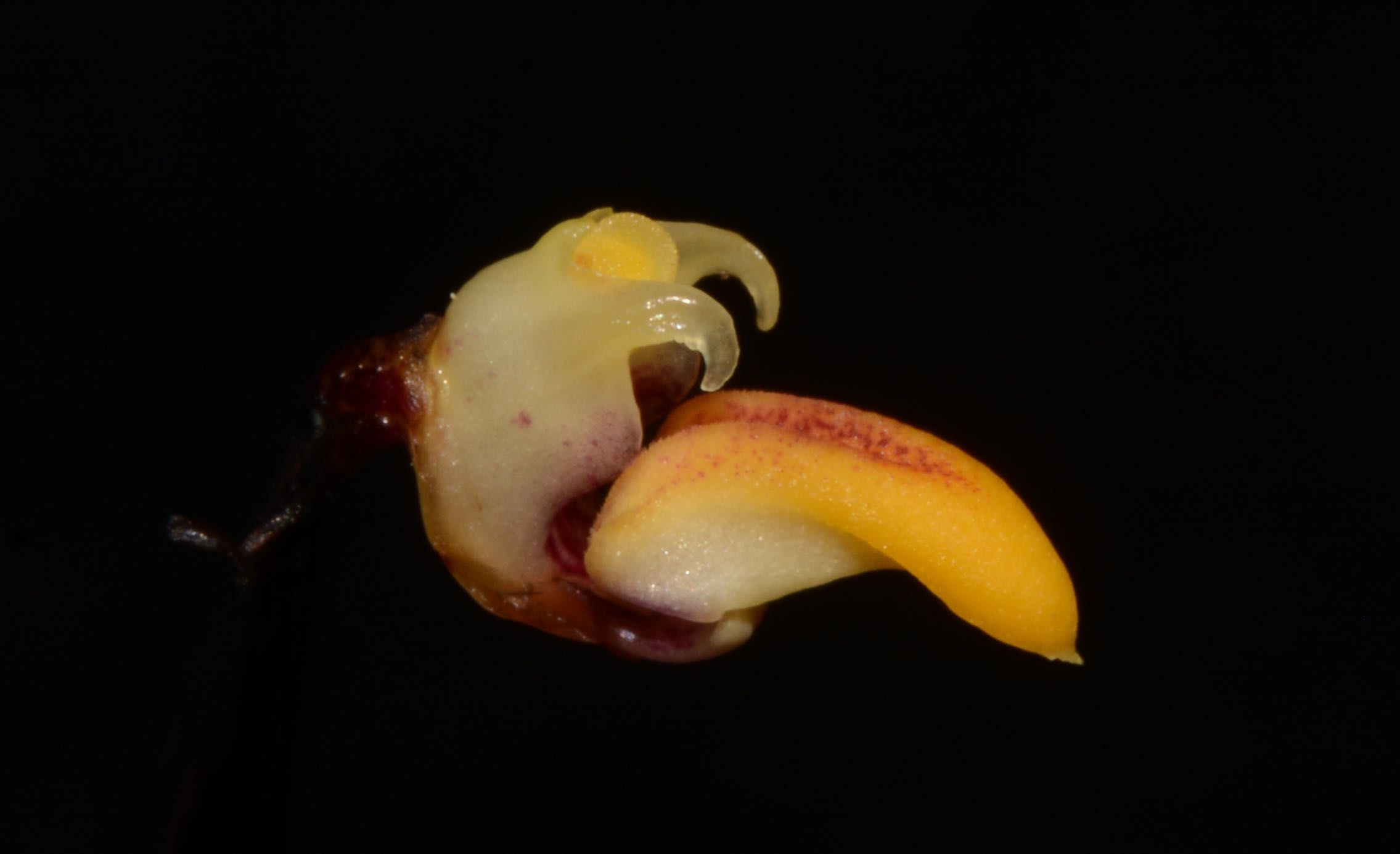
Anchor tooth roll petal orchid. Photo by Li Xinwei
In Li Xinwei's eyes, the world of plants is colorful. Each plant not only has different shapes and colors, but also has its own unique temperament. For example, orchids are elegant representatives, while the rails are simple and unpretentious. Every time a new species is found, whether it is rare or not, it seems to open the door to a new world. Anchor roll petal orchid is also a new species that Li Xinwei likes very much. This orchid flower is particularly small, but in a macro lens, you can see that there is a 2 mm bending in the middle of the flower column, which is hook -shaped, like a one, like a one "Anchor" is the same. 3 times to enter the hospital but "do not fire the line"
He wants more people to appreciate the beauty of new species
Li Xinwei observed Du Honghua's leaves. Photo by the reporter Xu Wei Wei, a reporter from the Yangtze River Daily
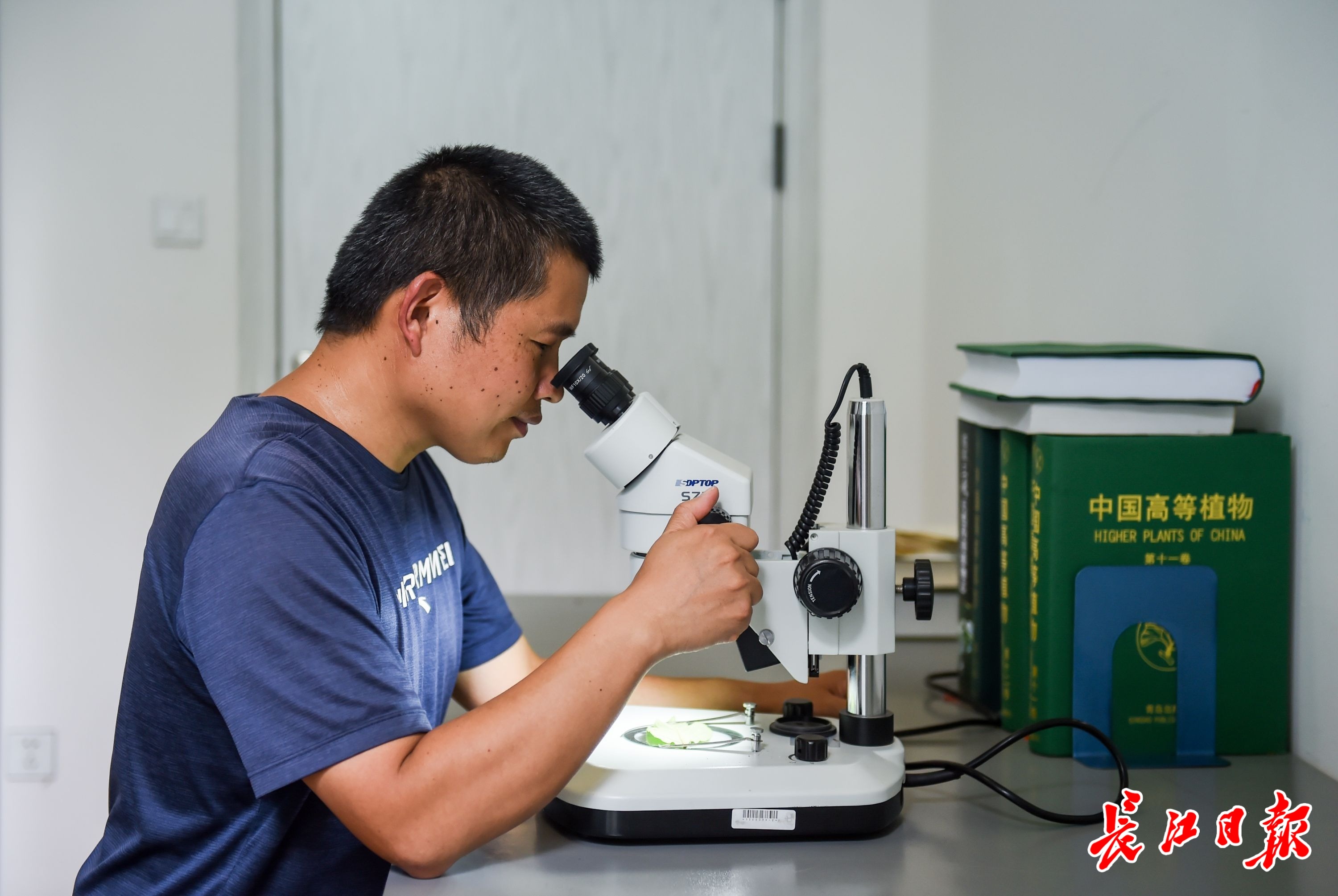
In addition to Li Xinwei, young people of the Horticultural Conservation Center can endure hardships and hard work, and the results are outstanding. Xu Wenbin, 39, has found three new plant species.
On the morning of the 21st, the reporter found Xu Wenbin in a nursery in the botanical garden. He was looking at the growth of the plant in a basin. He said that these plants not only need to be carefully maintained, but also record their names, characteristics, growth adaptability, anti -reverseness, waiting period, and picture acquisition of the new species of quality creation, development and application, and standardized cultivation. Data and technical support.
Tired of work in the wild is a trivial matter, but the bite of the bee bee impressed Xu Wenbin. "Although it is fully armed, it is always invincible. Bite being bitten by grasshoppers is commonplace, and at most blood, we are not afraid. The terrible is a worm with stronger combat effectiveness." Xu Wenbin recalled that he had two poisonous bees. Bags have symptoms of allergies, and once they were bitten by tapeworms, its pouring thorns deeply embedded into the meat and could not be pulled out. In the end, I had to go to the hospital, but after treatment, I immediately put into work.
"Plant relocation protection is one of the important functions of the botanical garden. This is the basis for related scientific research and science popularization work. I hope that through my continuous efforts, I can find a few more new species." When asked about the next plan, Xu Wenbin Answer without thinking. In his opinion, the protection of plant relocation is very important, and it is also important to find new species. On the one hand, the discovery of new species can enrich people's understanding of biodiversity; secondly, if it is a relatively rare plant, it can formulate a corresponding protection strategy to avoid being destroyed or even died in this species; in the end, there are viewing or economic value. Species can also be used for reasonable development and utilization on the basis of protection. "The new species currently discovered, we are gradually studying and using its development and utilization. We hope that through our efforts, many new species with ornamental value can be promoted and allowed to enjoy them in parks or streets."
【Edit: Zhang Jing】
For more exciting content, please download the "Da Wuhan" client in the major application markets.
- END -
Fighting day and night, strictly wait!"Flood" fast operation of Licheng Street, Zengcheng District, Guangzhou to build a "safe embankment"
Facing the continuous heavy rainfall since June 13, in the past few days, Licheng ...
The ten departments have issued opinions to promote the high -quality green development of rural homestays
Recently, 10 departments including the Ministry of Culture and Tourism jointly issued guidance on promoting high -quality development of rural homestays (hereinafter referred to as Opinions).The Op